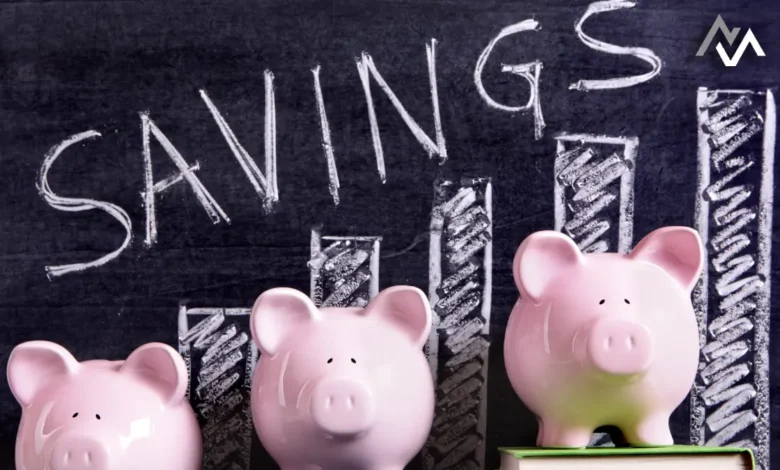Relief for the Middle Class: Inflation Balances the Increased Tax Exemption Limit

The recent increase in the income tax exemption limit is being lauded as a significant relief for the middle class. However, economists and financial experts argue that this apparent boon might be tempered by persistent inflation. While the move is a step in the right direction to ease taxpayers’ burdens, the offsetting impact of rising living costs requires a closer look.
A Welcomed Move for Middle-Class Taxpayers
The government’s decision to raise the tax exemption limit aligns with its broader goal of providing economic relief to the middle-income demographic. This policy change aims to boost disposable income, encouraging savings and investments, and potentially spurring consumption in the economy.
For families and individuals navigating rising expenses, any tax relief is a welcomed respite. It reduces their tax liability and offers a sense of financial breathing room, particularly for those operating within tight budgets.
Inflation: The Unseen Equalizer
Despite the favorable announcement, the backdrop of persistent inflation cannot be ignored. Over the past several months, prices of essential goods and services have consistently climbed. From groceries to utilities, inflation has been a constant strain on household budgets.
The increased tax exemption limit might improve short-term liquidity, but its effectiveness diminishes when rising living costs absorb the extra cash. For instance, the savings made on tax deductions could be redirected to cover higher grocery bills or fuel expenses.
Moreover, economists warn that the relief provided by these fiscal measures is less impactful when compared to the long-term challenges posed by inflation. The middle class, already stretched thin, finds itself playing a zero-sum game.
How Does This Affect Savings and Investments?
One of the key goals of increasing tax exemption limits is to encourage citizens to save more. Investments in tax-saving instruments like Public Provident Funds (PPF), National Savings Certificates (NSC), and Equity-Linked Saving Schemes (ELSS) are likely to rise.
However, inflation eats into real returns. For example, if inflation outpaces the interest earned on savings, the real value of the savings diminishes over time. This creates a paradoxical scenario where individuals save more but feel financially constrained due to reduced purchasing power.
Middle-Class Aspirations: A Balancing Act
The middle class is often referred to as the backbone of the economy, driven by aspirations for better living standards, quality education, and improved healthcare. Any policy designed to support this group should ideally account for the dual factors of taxation and inflation.
While the government’s move is commendable, a more holistic approach—such as controlling inflation through monetary policies and ensuring price stability—is essential. This ensures that the benefits of tax relief are not nullified by rising costs.
Expert Opinions on the Way Forward
Financial experts suggest that while raising the tax exemption limit is a progressive step, complementary measures are necessary to sustain its benefits. Policies that address inflationary pressures, coupled with incentives for long-term savings, can create a more balanced economic framework.
Additionally, awareness campaigns encouraging better financial planning can empower the middle class to make informed decisions. By strategically investing their additional savings, individuals can mitigate the effects of inflation and secure a more stable financial future.
Conclusion: A Mixed Bag of Relief and Challenges
The increase in the tax exemption limit is undoubtedly a step in the right direction, signaling the government’s intent to support the middle class. However, the lingering challenge of inflation underscores the need for a more comprehensive economic strategy.
For the middle class to truly benefit, policies must address both ends of the spectrum: reducing tax burdens and controlling inflation. Only then can disposable incomes translate into tangible improvements in living standards, rather than being consumed by escalating costs.




